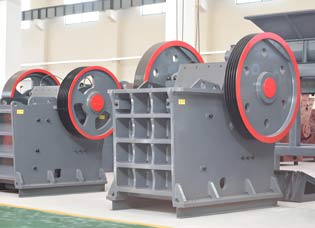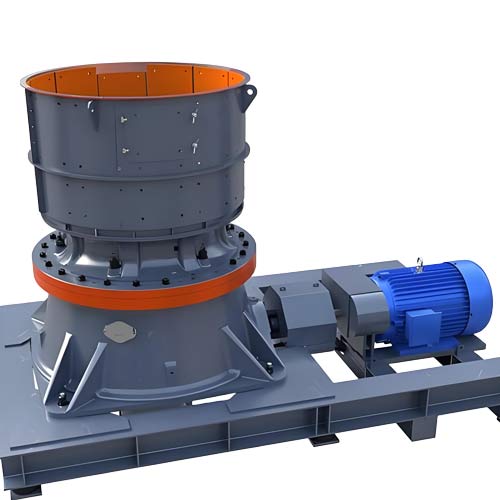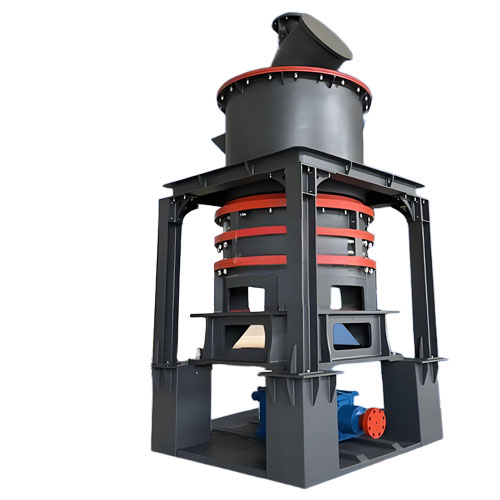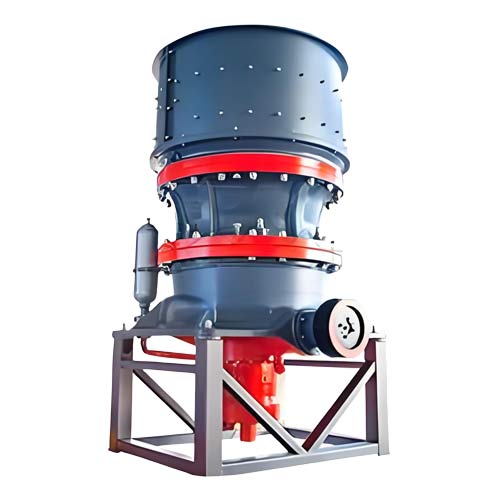Performance advantages of basalt vertical mill
The basalt vertical mill combines efficient crushing, energy saving, environmental protection, wear resistance and long life. It can accurately control the particle size of the finished product (100-1250 mesh), saves 30-50% of electricity compared to the ball mill, directly processes high-moisture materials, simplifies the process flow, and is the preferred equipment for basalt processing.
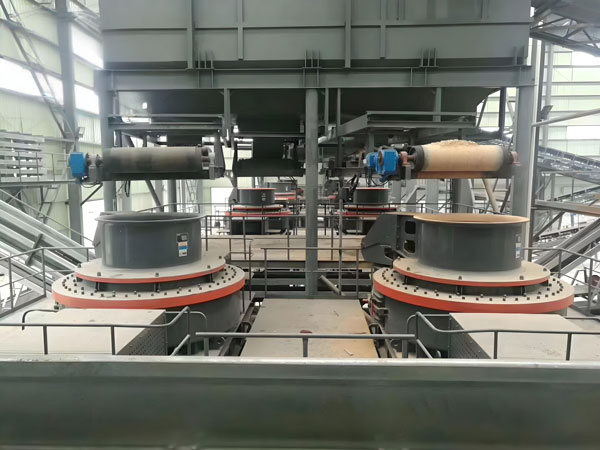
Performance advantages of basalt vertical mill
Basalt vertical mill has excellent performance in basalt processing due to its high efficiency, energy saving and environmental protection. The main performance advantages include:
1. Efficient crushing and classification
○ High-speed rotating grinding discs and rollers are used to achieve rapid material crushing and improve production efficiency. Equipped with a fine grading system, the finished product particle size can be precisely controlled (e.g. 100-1250 mesh) to meet different application requirements.
2. Energy saving and environmental protection
○ Closed production reduces dust and noise pollution, meeting environmental protection standards; energy-saving technology reduces energy consumption (e.g., 30-50% less electricity than ball mills), in line with the concept of green production.
3. Low wear and long service life
○ The grinding roller and grinding disc are made of highly wear-resistant materials (such as high chromium alloy, ceramic composite materials) to reduce wear and extend the life of wearing parts; the grinding roller can be turned over for use or quickly replaced to reduce maintenance costs.
4. Automation and reliability
○ The PLC fully automatic control system enables remote operation and reduces manual intervention; the grinding roller limit and sealing device ensures stable operation of the equipment, avoids severe vibration, and improves safety.
5. Comprehensive cost advantage
○ It integrates crushing, drying, grinding, and grading functions, simplifies the process flow, and saves construction costs; it can directly process high-moisture materials (≤15%) without the need for additional drying equipment, reducing investment and energy consumption.
6. Adaptable
○ It is suitable for large-scale and small-scale production, and can process basalt with high hardness and high silicon content. The products are widely used in building materials, metallurgy, environmental protection and other fields, and have broad application prospects.
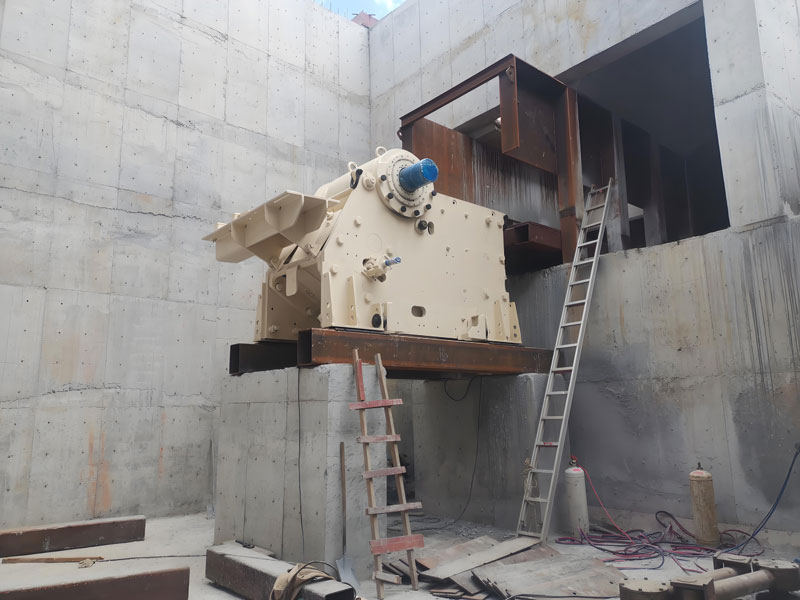
Equipment purchase precautions
When purchasing a basalt vertical mill, you need to consider multiple factors, including performance, cost, and maintenance, to ensure that the equipment is suitable for your needs. The key considerations are as follows:
1. Material and wear resistance
○ Give priority to wear-resistant materials (such as high-chromium alloy steel), which are more expensive but have a long lifespan and reduce long-term replacement costs; avoid choosing low-wear-resistant materials (such as silicon carbide) simply because of price, which may lead to frequent maintenance.
2. Matching production capacity and particle size
○ Choose a model based on actual production needs (hourly output, finished product fineness). For example, the ultrafine vertical mill has a production capacity range of 1-50t/h. If ultrafine powder (such as 3-22μm) is required, a vertical mill can be selected, while medium fineness can be selected with a roller mill.
3. Ease of maintenance
○ Choose equipment with simple structure and convenient maintenance, such as models with grinding rollers that can be flipped out of the machine for maintenance to reduce downtime; equipment with a high degree of automation and intelligent monitoring of the lubrication system can reduce maintenance difficulty.
4. Manufacturer and after-sales service
○ Give priority to well-known brands, verify the manufacturer’s qualifications and reputation, and ensure equipment quality and after-sales guarantees (such as installation guidance, spare parts supply, and fault response speed).
5. Price and cost-effectiveness
○ Comprehensively compare quotations from different manufacturers and analyze the reasons for the differences (model, material, region, promotion, etc.) to avoid choosing equipment that does not match the performance simply because of the low price; focus on long-term operating costs (energy consumption, maintenance, loss) rather than a single purchase price.
6. System Support Requirements
○ Confirm whether the equipment includes necessary accessories (such as dust collectors, classifiers, and hot air furnaces) or whether additional purchases are required; evaluate the production line layout space and select models with compact structures or those that can be deployed outdoors to save infrastructure costs.
7. Environmental protection and safety
○ Verify whether the equipment complies with local environmental protection standards (dust emissions, noise control), and whether it is equipped with safety devices such as overload protection and protective covers to ensure production compliance and personnel safety.
Related Products
Inquiry
Please leave us your requirements, we will contact you soon.


